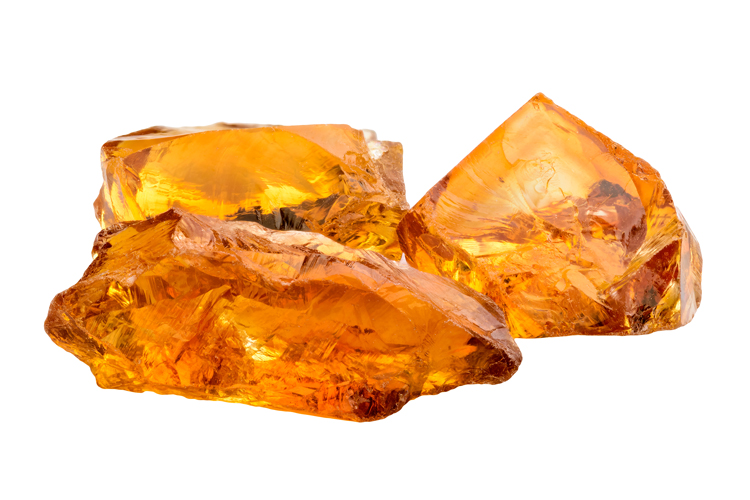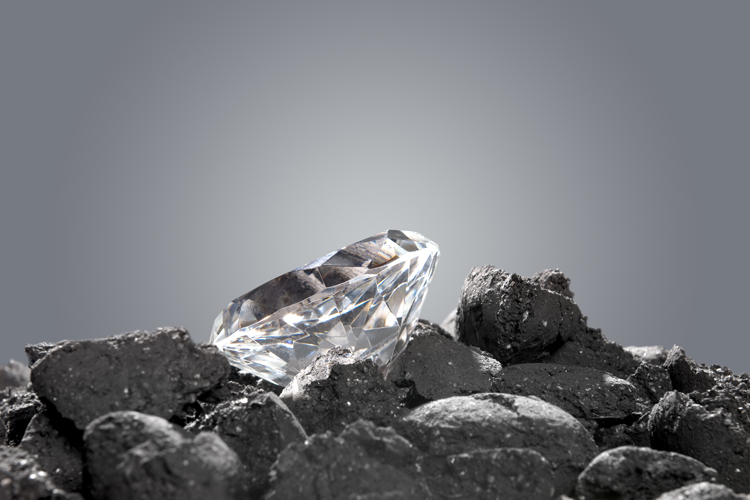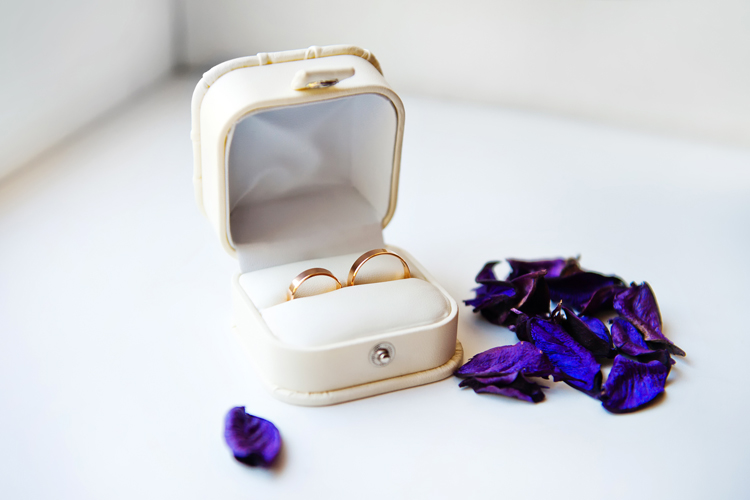Citrine is a semi-precious gemstone used for centuries for its beauty and spectacular color.
Citrine is a tough gemstone with a 7 on the Mohs scale.
Natural citrine is rare; its chemical composition is silica or silicon dioxide. It is a quartz mineral.
The stone’s name comes from the French word “citron” – meaning lemon – which is relatable when considering this beautiful gemstone’s hues.
Its sparkling colors of yellow and cherry yellowish-orange have been used in the jewelry industry for years.
Citrine is always a good option if you want to have and wear a piece of eye-catching jewelry. It is relatively inexpensive but alluring and stylish.
There are several deposits, and they have been mined since the early 1800s.
Generally, the semi-precious stone can be found in France, Scotland, and Spain, but there are also relevant deposits in Brazil, the United States, Germany, Austria, Madagascar, and Russia.
Deep yellow or golden color citrines are often mined in Brazil.
It can also be created by heat treatment of another gemstone – amethyst. Lapidists heat amethyst’s top at about 878 °F (470 °C) to create light yellow citrine.
Like quartz, the stone is available in large sizes. Gem cutters use them for dramatic and intricate creations.
Cleaning citrine is easy.
You only need mild soap and warm water, making sure you avoid using chemicals as you do with all other gemstones.
A Stone of Legends
In history, there are several legends involving citrine. Interestingly, this golden color stone is mainly associated with goddesses.
In Egyptian mythology, it is related to the warrior goddess Sekhmet, a mighty woman presented with a lion head.
Citrine was considered a semi-precious stone since almost 300 BC in antique Greece. It was devoted to the harvest goddess, Demeter.
The semi-precious gemstone also has spiritual meanings. It is also known as the “Merchant’s Stone” and symbolizes success and abundance.
In Scotland, soldiers used citrine in their swords and daggers as decoration. Some of them even ornamented their entire blade handles with the stone.
The gorgeous stone has had prestige for centuries, and it still does.
In Chinese culture, it is a powerful stone used to manifest success and wealth. For instance, Chinese emperors embraced the magical properties of citrine.
They believed it could make them stronger and wiser and broaden their minds. Therefore, the emperors often wore citrine jewelry publicly.
Citrine is also seen as a money gemstone. In some cultures, having a small gem in your purse will bring you money and abundance.
Whether you wear citrine in jewelry for aesthetic purposes or wish to carry and use it for spiritual meanings, you will undoubtedly always appreciate the orange gemstone’s shiny and striking color.
This golden-colored stone will continue in our accessory boxes for years to come. And with a bit of care, it will always shine just like the first day.
Citrine | Physical Properties
Color: Yellow, orange, golden, brownish orange, reddish-orange;
Crystal Structure: Trigonal;
Luster: Vitreous (glass-like);
Transparency: Transparent to translucent;
Refractive index: 1.54-1.55;
Density: 2.6-2.7;
Cleavage: None;




